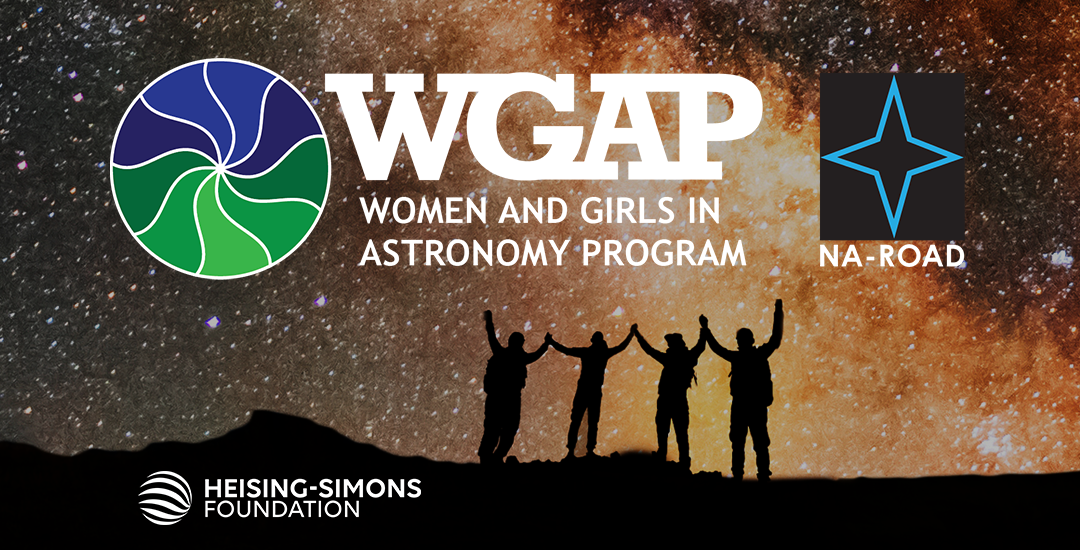The U.S. National Science Foundation National Radio Astronomy Observatory (NSF NRAO), in partnership with several leading Mexican universities and research institutes, has announced a series of landmark agreements and meetings aimed at advancing Mexico’s role in the Next Generation Very Large Array (ngVLA) project.
Recent News
Astronomers Discover a Superheated Star Factory in the Early Universe
Astronomers have uncovered a previously unknown, extreme kind of star factory by taking the temperature of a distant galaxy using the ALMA telescope. The galaxy is glowing intensely in superheated cosmic dust while forming stars 180 times faster than our own Milky Way.
Astronomers Share Largest Molecular Survey To-date: GOTHAM Legacy Data Goes Public
Astronomers in the “GBT Observations of TMC-1: Hunting Aromatic Molecules” research survey, known as GOTHAM, have released a spectral line survey with largest amount of telescope time ever conducted, charting more than 100 molecular species only found in deep space.
10 New Ways Women and Girls will Lead in Astronomy

NA-ROAD Selects Mini-grant Recipients
Washington, D.C.—Today, the North American Regional Office of Astronomy for Development (NA-ROAD) announced the selection of 10 astronomy for development projects to receive funding as part of the Women and Girls in Astronomy Program (WGAP). WGAP aims to inspire and support women, girls and underrepresented genders in the field of astronomy.
These 10 WGAP projects were selected from a pool of many ambitious proposals. Each winning proposal was awarded a $1,000 mini-grant. Project leaders will join the WGAP network composed of industry and academic professionals. The project year will conclude with a presentation highlighting each funded project, in which WGAP Fellows will have the opportunity to present their outcomes and discuss their contributions to advancing women and girls in astronomy.
“These new projects, that use astronomy as a tool for development, will make a significant impact in communities with limited or no access to astronomy funds by creating a diverse network of professionals,” said Yasmin Catricheo, AUI’s senior STEM education specialist.
The selected projects focus on communities throughout North America including the Dominican Republic, Mexico, Trinidad, Puerto Rico, Nashville, New York City, Florida, Texas and in the virtual space for remote engagement with rural tribal communities. While all WGAP projects support women and girls in the field of astronomy, individual projects have diverse objectives including reducing light pollution, expanding astronomical vocabulary in Mexican Sign Language, enhancing research skills and access to equipment, and utilizing the lens of music for data analysis.
“We have the honor of supporting ten wonderful projects across different cultures, countries and cities,” said Karla Garcia, WGAP coordinator. “At our first cohort meeting, project leaders experienced the impact of this program, which enables scientists and community leaders to connect through shared experiences as women in astronomy and uplift each other and their communities.”
“Receiving this grant is an absolute honor as it allows me to empower young girls of color to pursue science,” said Shaniya Jarrett, who received a grant for AstroBeats: Sounds of the Cosmos. “The cosmic compositions they create will inspire the future song for inclusive Astronomy.”
Funding for the WGAP is made possible through a generous donation by the Heising-Simons Foundation. These efforts are managed through NA-ROAD, which is co-managed by Associated Universities, Inc. (AUI), Adler Planetarium, and the Association of Universities for Research in Astronomy (AURA).
For more information about the NA-ROAD Women and Girls in Astronomy Program, please visit the program website.
About AUI
Associated Universities, Inc. is an independent, non-profit corporation founded in 1946 that specializes in design, building and managing cutting-edge research facilities and the development and implementation of innovative approaches to education, outreach and workforce development. Currently, AUI manages two U.S.-funded research and development centers: The National Radio Astronomy Observatory (NRAO) and the Green Bank Observatory (GBO). NRAO is the North American partner in the management of the Atacama Large Millimeter/submillimeter Array (ALMA) in Chile. In addition, NRAO includes the Very Large Array (VLA), and the Very Long Baseline Array (VLBA), and GBO is home to the 100-meter Robert C. Byrd Green Bank Telescope.
About the Office of Astronomy for Development
The Office of Astronomy for Development (OAD) is a joint project of the International Astronomical Union (IAU) and the South African National Research Foundation (NRF) with the support of the Department of Science and Innovation (DSI). The mission of the OAD is to help further the use of astronomy, including its practitioners, skills and infrastructures, as a tool for development by mobilizing the human and financial resources necessary in order to realize the field’s scientific, technological and cultural benefits to society. The OAD has established 11 Regional Offices and Language Centres around the world who share the OAD vision but focus their activities within a geographic or cultural or language region.
Media Contact
Matt Schaub
[email protected]
Published July 21, 2023
Recent News
NSF National Radio Astronomy Observatory and Mexican Institutions Sign Historic Agreements to Advance ngVLA Collaboration
The U.S. National Science Foundation National Radio Astronomy Observatory (NSF NRAO), in partnership with several leading Mexican universities and research institutes, has announced a series of landmark agreements and meetings aimed at advancing Mexico’s role in the Next Generation Very Large Array (ngVLA) project.
Astronomers Discover a Superheated Star Factory in the Early Universe
Astronomers have uncovered a previously unknown, extreme kind of star factory by taking the temperature of a distant galaxy using the ALMA telescope. The galaxy is glowing intensely in superheated cosmic dust while forming stars 180 times faster than our own Milky Way.
Astronomers Share Largest Molecular Survey To-date: GOTHAM Legacy Data Goes Public
Astronomers in the “GBT Observations of TMC-1: Hunting Aromatic Molecules” research survey, known as GOTHAM, have released a spectral line survey with largest amount of telescope time ever conducted, charting more than 100 molecular species only found in deep space.
